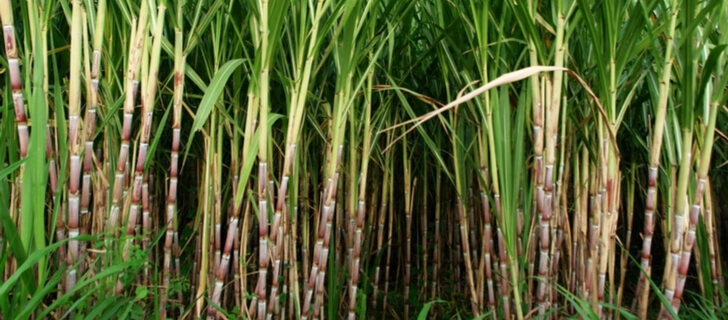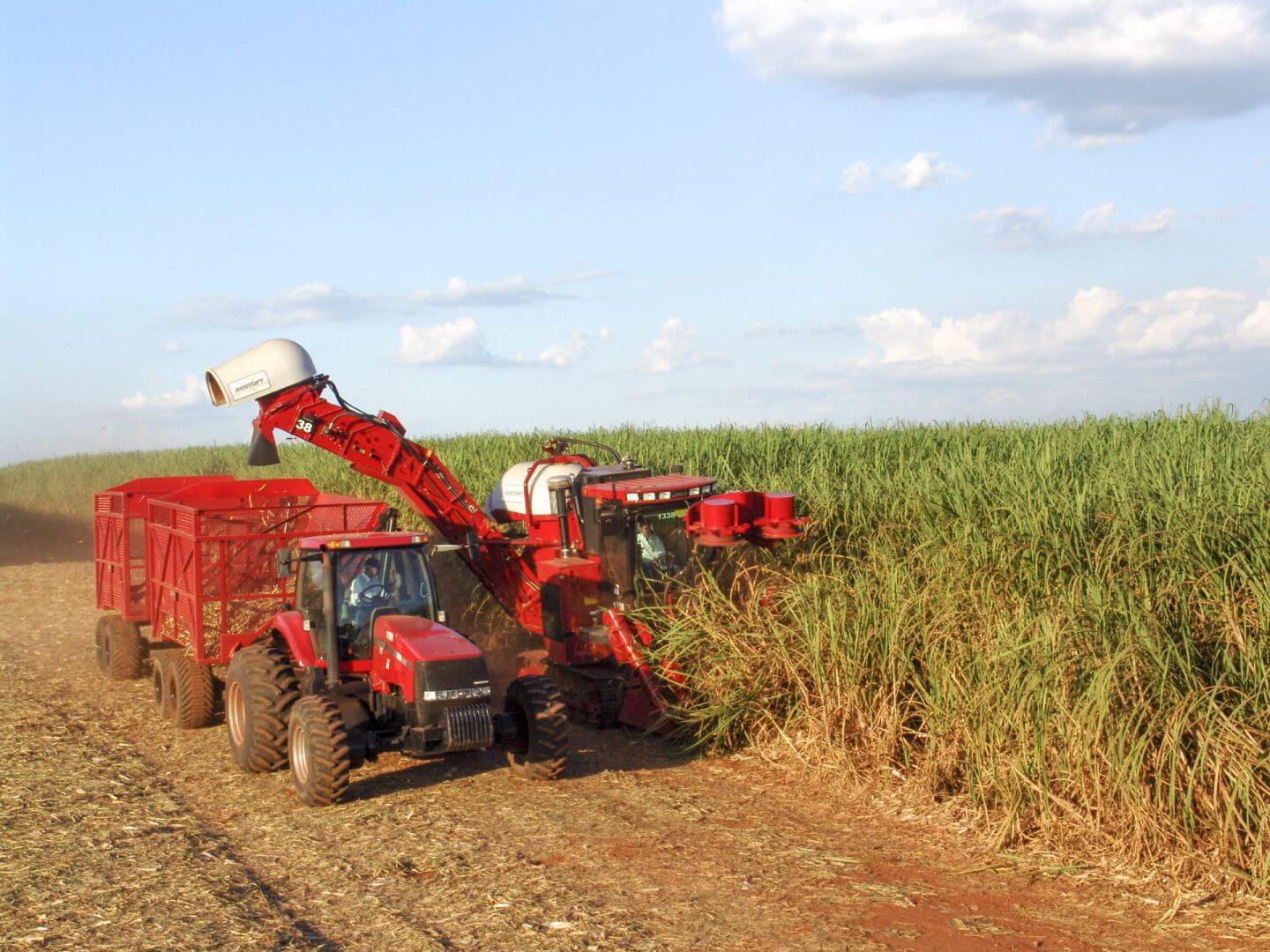All Regarding Sugar Canes: What Are Sugar Canes Used For and Their Role in Worldwide Agriculture?
Sugar canes function as a foundation of worldwide farming, mostly recognized for their role in sugar manufacturing. They likewise add to the creation of byproducts like molasses and ethanol. These facets not only support different industries however likewise influence financial stability in country areas. The farming of sugar walking sticks faces substantial ecological difficulties. Recognizing their multifaceted function motivates more exploration into their agricultural methods and sustainability initiatives.
The Agricultural Refine of Sugar Walking Stick Farming
Sugar walking cane farming may vary by region, the basic farming procedure continues to be consistent. The very first step entails selecting high-yielding selections ideal for neighborhood environments. Prep work of the dirt is important, commonly needing tillage and the addition of fertilizers to improve fertility. Growing commonly happens during the stormy period, with farmers making use of either entire stalks or cuttings to develop new crops.As the plants grow, they require diligent care, including weed control, insect administration, and watering, depending upon the environmental problems. Farmers monitor the sugar cane's development cycle, which typically extends 10 to 24 months, before gathering. Gathering is labor-intensive, typically conducted manually or with specialized equipment, ensuring marginal damages to the stalks. Following harvest, the walking stick is delivered to processing facilities. This thorough farming process not only supports local economies but additionally plays a significant duty in international agricultural methods, contributing to food and power supplies.
Sugar Manufacturing: From Walking Stick to Crystal
The journey of sugar manufacturing begins the minute newly harvested sugar walking stick comes to processing facilities. The very first step involves cleaning and chopping the cane to prepare it for extraction. Making use of high-pressure rollers, the juice is drawn out from the smashed cane, leading to a wonderful liquid referred to as sugarcane juice. This juice goes through clarification, where pollutants are removed through the addition of lime and heat.Next, the made clear juice is concentrated by steaming it down to develop a thick syrup. This syrup is then taken shape by cooling down, making it possible for sugar crystals to develop. The taken shape sugar is separated from the remaining syrup, referred to as molasses, via centrifugation.Finally, the sugar crystals are cleaned and dried out, leading to the familiar granulated sugar (What Are Sugar Canes Used For). This procedure changes raw sugar walking cane into a product that is integral to different culinary and industrial applications, highlighting the significance of sugar in international farming
Biofuels and Sugar Canes: A Lasting Future
As the world progressively seeks sustainable energy options, sugar canes have become an appealing source for biofuels. The biomass stemmed from sugar canes can be exchanged ethanol, a renewable gas alternative that markedly decreases greenhouse gas exhausts contrasted to nonrenewable fuel sources. This procedure not only offers a cleaner power resource but also advertises energy independence for lots of countries.In addition, sugar cane growing sustains country economic situations by creating jobs in both farming and biofuel production sectors. The usage of sugar walking canes for biofuel manufacturing additionally encourages agricultural diversity, which can improve soil health and reduce reliance on single crops. The by-products of sugar walking stick handling can be utilized for electricity generation, in addition contributing to a lasting energy cycle. As countries venture to fulfill eco-friendly energy targets, sugar walking canes are poised to play a crucial function in forming an extra lasting future in the biofuel landscape.

The Function of Sugar Canes in Beverage Production
Sugar walking canes play a substantial role in beverage production, functioning as a key ingredient in rum and adding to the sweetness of several soft beverages. Additionally, their natural juices are made use of in various beverages, boosting flavor and allure. This adaptability highlights the value of sugar canes in the worldwide beverage industry.
Sugar Cane in Rum
Rum manufacturing is elaborately linked to the growing of sugar cane, a vital plant that gives the necessary fermentable sugars needed for fermentation. This procedure begins with the extraction of juice from collected sugar walking sticks, which is then either fermented directly or processed right into molasses. Yeast is included in transform the sugars right into alcohol, leading to a diverse series of rum styles, from light to dark ranges. The geographical area where the sugar walking stick is expanded greatly affects the taste profile of the rum, with factors such as soil type and climate playing important duties. Nations like Barbados, Jamaica, and Cuba are renowned for their rum production, reflecting the social and historic importance of sugar walking cane within the worldwide beverage market.
Soft Drinks Sugar Resource

Natural Juice Production Makes Use Of
Along with its considerable role in soft beverage production, sugar cane is additionally critical in the natural juice sector. The juice removed from sugar cane, referred to as walking stick juice, is celebrated for its all-natural sweet taste and unique taste account. This juice is typically taken in fresh in different regions, specifically in exotic nations, where it is taken pleasure in as a renewing drink. Additionally, walking stick juice offers as a base ingredient in a range of natural fruit juices and shakes, enhancing both taste and nutritional value. Its all-natural buildings make it an eye-catching option to sweetening agents, appealing to health-conscious customers. Overall, sugar walking cane's versatility in juice manufacturing emphasizes its relevance in modern beverage offerings worldwide.
Developments in Sugar Walking Stick Byproducts
Developments in sugar walking stick byproducts are paving the way for sustainable remedies in various industries. Biofuels derived from sugar cane supply an alternative energy source, while developments in lasting packaging are minimizing reliance on traditional products. These advancements highlight the convenience and capacity of sugar walking stick beyond its primary usage in beverage production.
Biofuels From Sugar Walking Stick
How can the results of sugar walking cane add to sustainable power options? The conversion of sugar walking stick right into biofuels provides an appealing method for eco-friendly energy. By making use of the fibrous deposit, referred to as bagasse, manufacturers can create bioethanol with fermentation procedures. This bioethanol can serve as a lasting alternative to fossil gas, minimizing greenhouse gas emissions and reliance on non-renewable sources. Furthermore, molasses, one more by-product, can be fermented to create biofuels, optimizing resource performance. The power created from sugar cane not just gives a cleaner gas resource yet additionally boosts the total financial feasibility of sugar manufacturing. By incorporating biofuel manufacturing into their operations, sugar walking cane sectors can play a crucial role in advancing sustainable energy services internationally.
Sustainable Product Packaging Solutions
Sustainable product packaging options are progressively being created from sugar walking stick results, showcasing the adaptability of this farming staple. Advancements such as naturally degradable plastics stemmed from bagasse, the fibrous deposit left after juice removal, are acquiring traction. These materials provide an environment-friendly choice to additional hints traditional plastics, decreasing reliance on fossil gas and decreasing carbon impacts. Additionally, sugar cane-based product packaging is compostable, damaging down normally without damaging the setting. Firms are now discovering these alternatives to line up with consumer need for sustainability. As awareness of plastic contamination grows, the fostering of sugar cane-derived product packaging is anticipated to increase, positioning sugar canes as an essential gamer in the shift to greener product packaging remedies in different markets.
Economic Influence of Sugar Cane Farming

Although sugar walking cane farming has deep origins in numerous economies, its economic effect extends much beyond farming production. This crop serves as a substantial income for countless farmers worldwide, especially in creating nations where agriculture is a primary source of income. Sugar walking stick contributes to neighborhood economic situations via work production in cultivation, harvesting, and handling. The market also boosts growth in related markets such as transport, tools manufacturing, and food processing.Furthermore, sugar cane is a vital player in global trade, affecting international markets and rates. Nations that produce sugar cane frequently rely upon exports to boost their economic security. The spin-offs of sugar walking cane, such as ethanol and molasses, diversify income streams for farmers and add worth to the farming market. In general, the economic ramifications of sugar walking stick farming are profound, influencing not only farmers however likewise nationwide economic climates and whole communities.
Environmental Considerations in Sugar Walking Stick Farming
While sugar walking cane farming plays a crucial function in numerous economies, it likewise raises significant ecological problems that can not be ignored. The substantial use plant foods and chemicals in sugar cane cultivation usually causes dirt degradation and water contamination. Drainage from these chemicals can pollute neighboring water bodies, damaging marine ecosystems. Additionally, the monoculture practices common in sugar cane farming lower biodiversity, making communities more prone to pests and diseases.Deforestation is an additional crucial issue, as land is usually gotten rid of to make method for sugar ranches, leading to habitat loss for wildlife and enhanced carbon discharges. The high water usage required for sugar walking stick watering can stress regional water sources, especially in arid regions. As global demand for sugar proceeds to increase, attending to these ecological difficulties becomes vital to ensure lasting practices in sugar walking stick farming.
Regularly Asked Concerns
What Are the Nutritional Conveniences of Sugar Cane?
The nutritional benefits of sugar walking cane mainly include its high carbohydrate material, providing energy. In addition, it includes vitamins, minerals, and antioxidants that might sustain overall health and wellness, though small amounts is crucial because of its sugar content.
Just How Does Sugar Cane Affect Citizen Ecosystems?
Sugar walking cane cultivation can significantly impact regional ecosystems by modifying land usage, browse around this site affecting biodiversity, and requiring considerable water sources. Furthermore, it may try this website cause soil degradation and chemical drainage, interfering with surrounding habitats and wild animals populaces.
What Is the History of Sugar Cane Cultivation?
:max_bytes(150000):strip_icc()/SugarCanesSaccharumofficinarumNancyAyumi-26c9c80ee473464bbe322c83ecd9bfc1.jpg)
Exist Alternatives to Sugar Walking Cane for Sugar Manufacturing?
Alternatives to sugar cane for sugar production include sugar beetroots, corn, and different tropical plants like sorghum and agave (What Are Sugar Canes Used For). These plants use varied sources of sweetness, each with distinctive cultivation needs and environmental effects
How Do Climate Patterns Influence Sugar Walking Stick Returns?
Weather patterns greatly influence sugar cane returns with temperature level changes, rainfall amounts, and seasonal cycles. Drought or excessive rainfall can impede development, while ideal conditions enhance photosynthesis, ultimately impacting the amount and top quality of the harvest. The journey of sugar manufacturing begins the moment freshly collected sugar walking stick shows up at processing facilities. The crystallized sugar is separated from the remaining syrup, understood as molasses, through centrifugation.Finally, the sugar crystals are cleaned and dried out, resulting in the familiar granulated sugar. Rum manufacturing is intricately linked to the cultivation of sugar walking cane, a necessary plant that provides the required fermentable sugars required for fermentation. In addition, the monoculture techniques common in sugar walking stick farming decrease biodiversity, making communities much more at risk to pests and diseases.Deforestation is one more vital issue, as land is often cleared to make way for sugar plantations, leading to habitat loss for wild animals and boosted carbon exhausts. Alternatives to sugar cane for sugar production consist of sugar beets, corn, and numerous tropical plants like sorghum and agave.